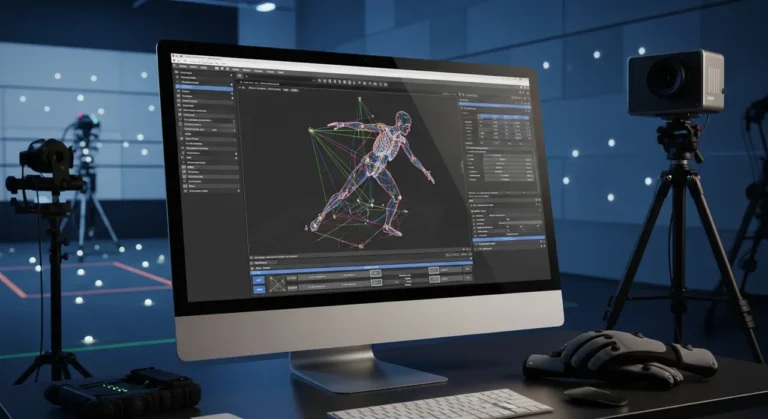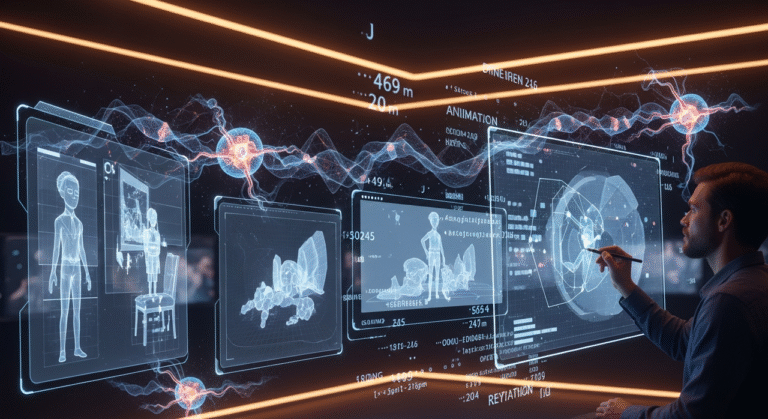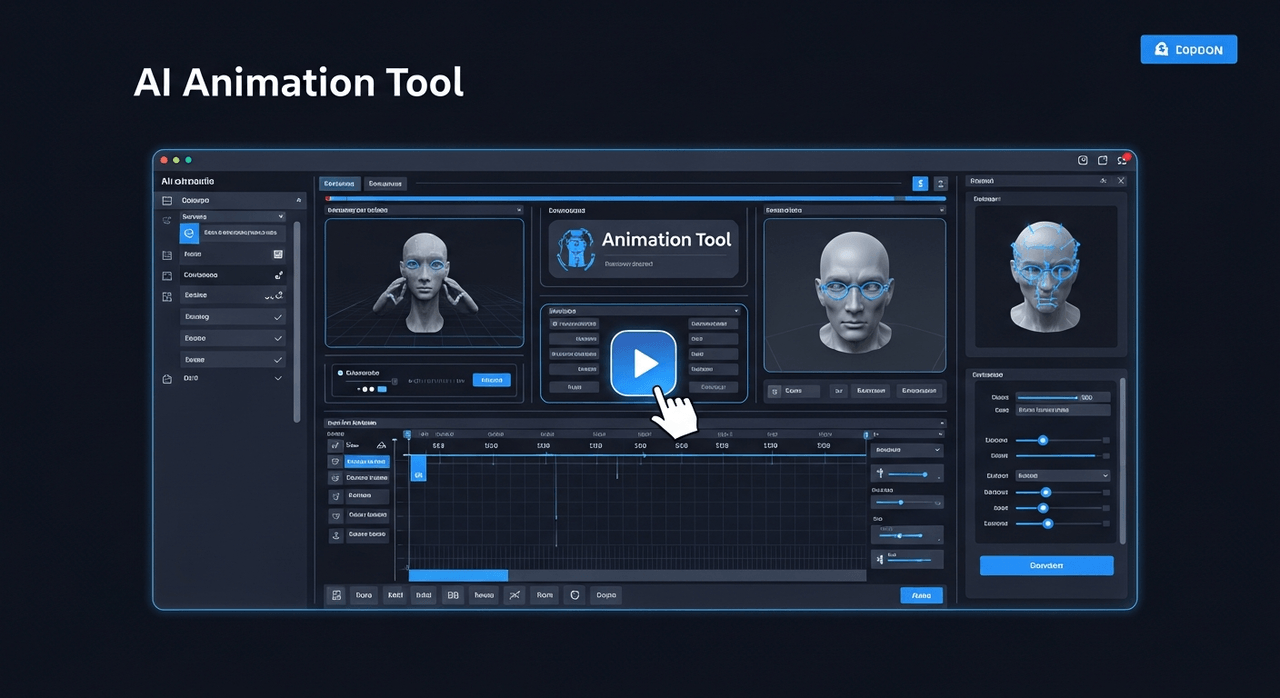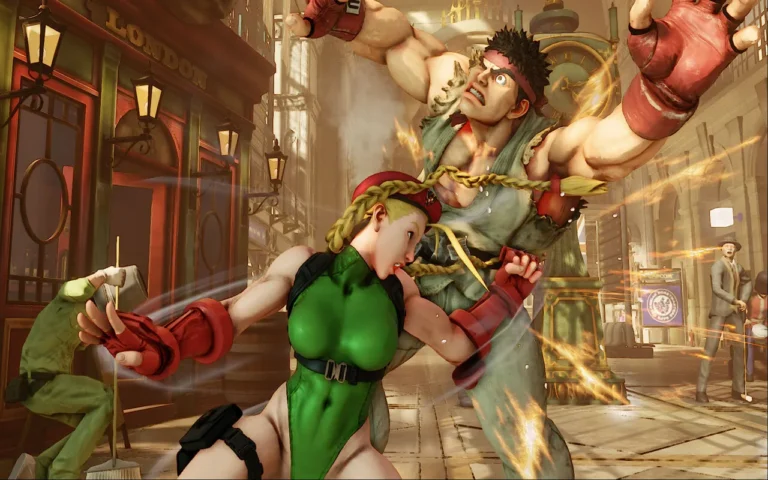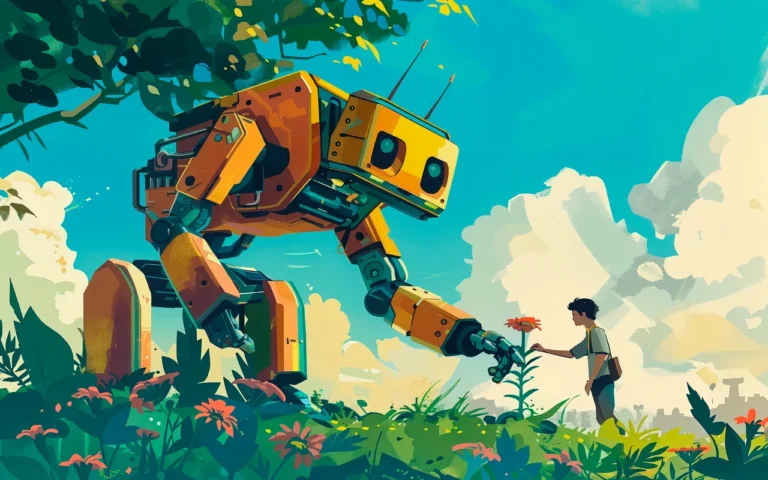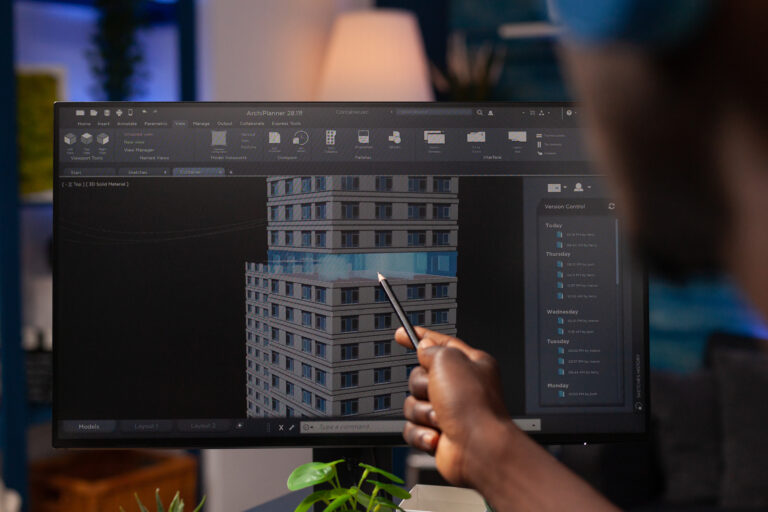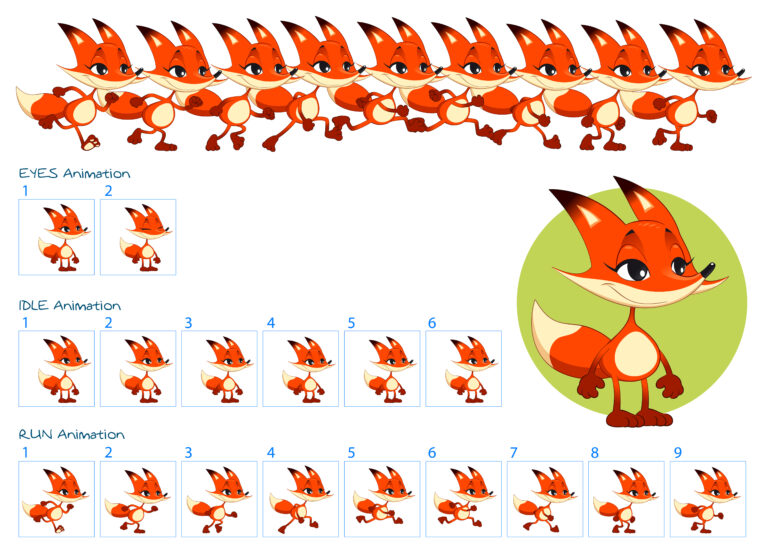Honestly, animatics and animation are what make visual stories possible. First, animatics are just rough drafts that help companies make sure their stories work before they spend a lot of money making them. Usually, all you need is a small team and some simple tools to make them happen. They’re also very quick and easy to change.
In contrast, animation makes a stunning final product with carefully detailed art, smooth animation, high-quality sound, and exact figure moves that really grab your attention. An animation studio handles this process, and there is a huge difference in what each stage needs, which is why companies put so much work into the animatic stage first.
In other words, changing something in animatics takes minutes instead of days and doesn’t cost thousands of dollars!

Need Animation Services?
Visit our Animation Service page to see how we can help bring your ideas to life!
What Are the Differences between Animation and Animatic?
Here are 13 differences between animatic and animation, we will explore each in continue:
What is an Animatic?
Animatic is basically a script that comes to life with sound and time. You can think of it as a bunch of rough sketches that show you how your animation will go. Also, animatics help artists see how scenes flow together, how characters move, and how the time works before they start full production.
In a way, animatics are like the first draft of your movie. They make it very clear what works and what doesn’t, as well as how everything goes together. Better to mention that it’s possible to avoid weeks of useless work with just a quick 30-second animatic.
Animatics’ most important features:
- Plays a series of sketch pictures (storyboard) as a video
- Has rough sketches or simple pictures in it
- Specifies the exact time for each scene
- Has music, sound effects, or voice-overs
- Comes with writing notes or subtitles
- Adjusts the pace by changing the length of frames
- Helps teams and clients talk to each other.
- Allows quick changes before the motion starts.
- Makes things in hours instead of weeks
- Useful for reference during production
What is Animation?
Okay, so what about the animation? Basically, animation gives a cool sense of movement by showing you a bunch of pictures very quickly. When you see 24 or more images popping by every second, your brain easily links them together, and all of a sudden, you see smooth motion instead of still images!
Animations take simple drawings or models and turn them into moving stories that keep us interested. An animation modeler plays a key role in this process, creating the detailed characters and objects that come to life on screen. Animation really gives life to characters and whole worlds in front of our eyes, from the cute hand-drawn cartoons we watched as kids to the mind-blowing computer-generated movies that abound in theaters today.
Important things about animation:
- Shows 24 to 30 frames per second for smooth movements
- Using a number of methods, including stop-motion, 3D modeling, and 2D sketching.
- It has smooth, detailed graphics using some animation software
- Includes full drawings for characters and settings
- Synced music, sound effects, and voice acting
- There are many types of animation
- It takes weeks or months to make and show viewers the finished result.
- Usually involves groups of skilled artists
- Follows the 12 principles of animation like time, exaggeration, and squish and stretch concepts
Animatic vs. Animation (13 Differences)
Consider animatics and animation as two parts of the same trip. They’re both important for telling stories visually, but they’re used in very different ways to make movies, animations, video games, and TV shows we all have memories with.
1. The Planning Stage vs. the Final Making
Animatic: Animatics are made very early on in the animation production pipeline, during a stage we call “pre-production.” A lot of people use them as visual roadmaps to plan out the whole job before they start animating. It’s interesting that companies make animations for everything they make, from short ads to big movies. Also, many directors and artists use them to try out different camera views, timing, and storylines without spending a lot of money upfront.
Animation: On the other hand, animation is definitely the final result that people will see. It comes after all the planning and turns the accepted animatic into the beautiful moving pictures we love. Of course, this step takes the most time and money. Teams of skilled artists work together to turn those rough sketches into stories that run well and are ready for people to watch and enjoy.
2. Better Visuals vs. Rough Sketches
Animatic: The pictures used in animatics are really very basic and simple. Often, they’re just black-and-white drawings or even stick figures. They are more interested in seeing if the idea works than in making it look good. In fact, a lot of animatics only show shapes for the figures and lines for the backgrounds.
Animation: But, animations show images that are finished and have all of their wonderful colors, patterns, effects, and lighting. Characters have complex features, settings have full worlds, and moves look very natural and smooth. It’s amazing that the average animated movie can have over 129,600 different frames.
3. Hours vs. Months of Creation Time
Animatic: Obviously, animatics take a lot less time. For easy projects, it only takes a few hours, but for more complicated ones, it can take a few days. It’s easy for one artist to make 20–30 rough frames in a day, which is enough for a 30-second animatic.
Animation: Animation takes a lot longer to finish right. It usually takes a team 2 to 3 weeks to make a good minute of 2D animation from scratch. Even more time is needed for high-quality 3D animation, especially because of the complex 3D animation pipeline. Big movies like Frozen and Toy Story take years to finish.
4. Budget vs. Major Investment
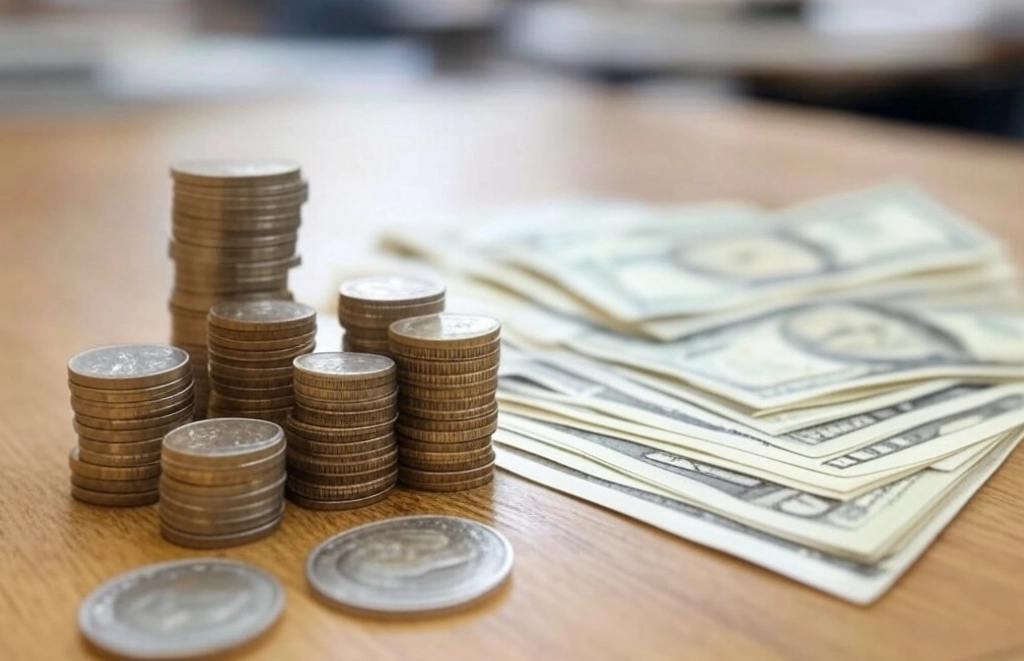
Animatic: Speaking of finances, animatics are really affordable to produce. A professional animatic for a short 30-second ad might cost between $1,000 and $3,000. That’s really only 5 to 10 percent of the total budget for the animation. It’s even better for independent artists, who can make animatics with simple tools or, if necessary, pen and paper.
Animation: Meanwhile, animation costs a lot of money. It usually costs between $8,000 and $15,000 to make a good minute of 2D animation. But what about those beautiful, high-end 3D animations? A lot of them can run $30,000 to $50,000 per minute. The future of the 3D animation industry may involve smarter tools and streamlined workflows, but for now, the costs for these big-budget animation movies often go over $175 million!
5. Testing vs. Final Storytelling
Animatic: The great thing about animatics is that they let you see if your story works before you spend a lot of time and money on full animation. They carefully check the time, flow, and framework of the story to make sure that all the scenes make sense to the audience. Teams working on movies use animatics to find problems early on, like scenes that are too long or changes that feel strange and shaky.
Animation: On the other hand, cartoons give viewers a full visual story to enjoy and get lost in. They have all the emotional power, artistic beauty, and plot depth that the authors had in mind. Animatics are more concerned with the practical question of “Does this actually work?” while cartoons are more concerned with the more abstract question of “Is this totally amazing?”
6. Basic Motion vs. Refined Movement
Animatic: With animatics, you’re just looking at easy time and movement. They could use simple arrows or rough motion lines to show how the figures move from one key pose to the next. In a typical animatic, a figure jumping might only take 4-6 frames, but in the finished animation, that same second of action would take 24 frames.
Animation: The moves and emotions in animations are very exact and well-refined. All of a sudden, every little thing matters, from how a figure blinks to how their hair moves in the wind. Lead animators often spend days polishing just a few seconds of movement to make sure it looks great. For example, in Frozen 2, the animation team made more than 80 different snow effects and worked for 4 weeks to perfect Elsa’s walk cycle.
7. Professional Audio vs. Temporary Audio
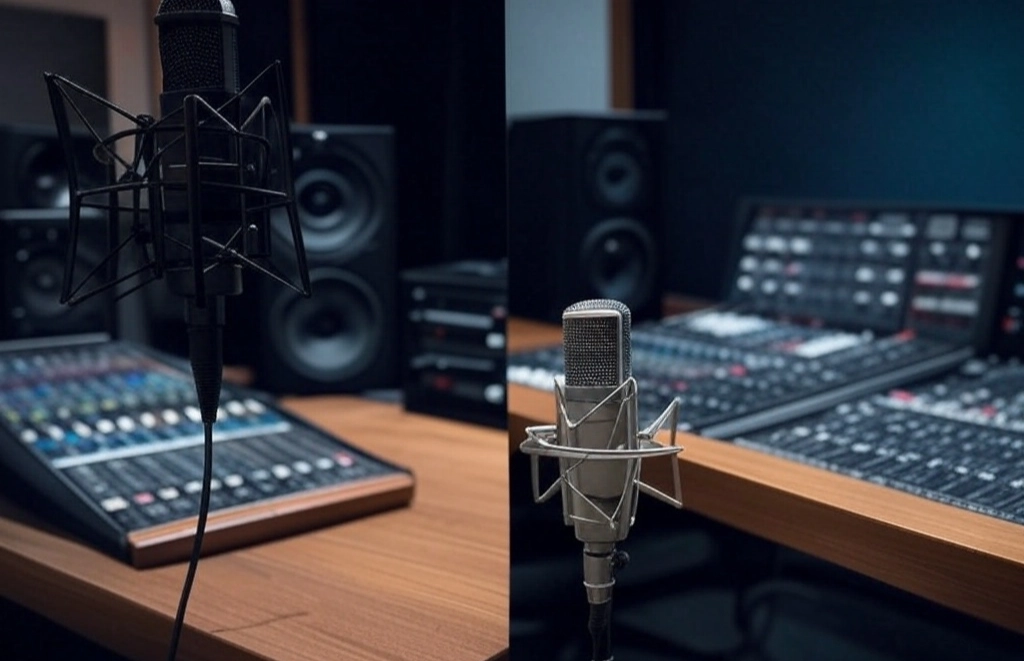
Animatic: logically, animatics only use rough, temporary tracks for sound. Voice actors usually record short “scratch tracks” without any fancy gear, or animators will sometimes just step in and do the sounds for a short time. Most of the time, music comes from simple, royalty-free sources or really simple tracks that are just there to do the job.
Animation: In contrast, animations have been fully finished, with expert sound production. Voice artists record in high-end workshops where directors watch and direct them. Plus, each project has its own unique music score, which is usually written by a skilled musician working with a full group. At the same time, sound artists make unique sound effects for each action and setting in the story.
8. Easy Changes vs. Costly Revisions
Animatic: Well, here’s the thing: animatics are very open to changes and improvements. It’s easy and quick for artists to change the time, move scenes around, or even cut out whole parts. A change that only takes 30 minutes in the animatic stage could save 30 hours of work on the animation in the end.
Animation: But when you use animations, it’s really hard and expensive to make changes. Editing even small parts of animation scenes takes a lot of time and effort. In some cases, changing how a figure moves could mean doing dozens of frames all over again by hand or making changes to complicated 3D models and going through the 3D modeling process to create whole scenes over again.
9. Basic Tools vs. High-Tech Devices
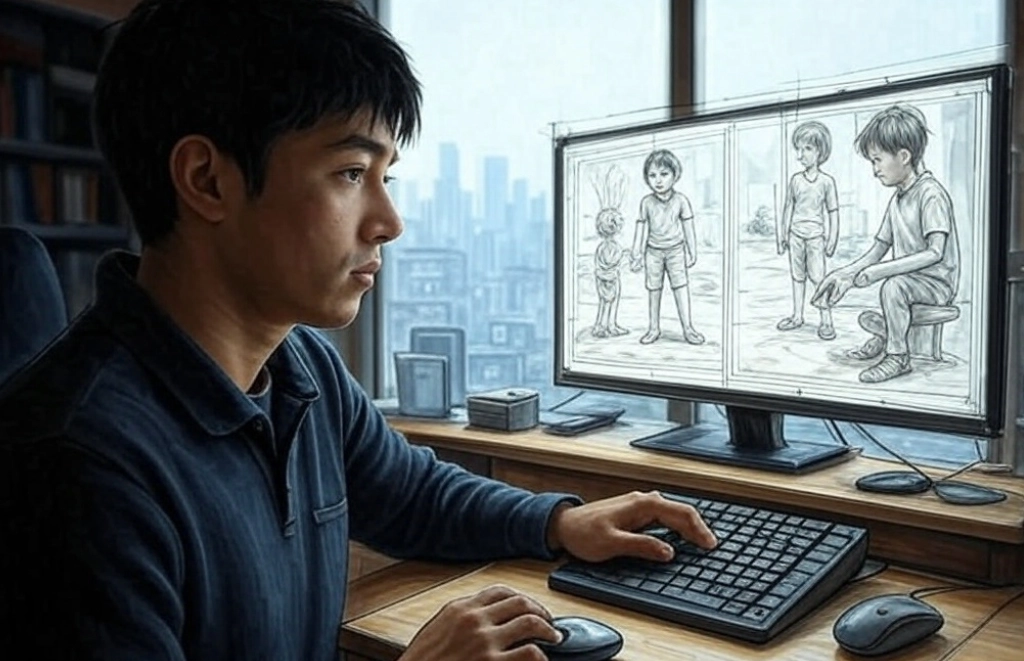
Animatic: You only need simple tools and skills to make something good with animatics. A lot of skilled artists make animations with simple programs like Adobe Premiere, After Effects, or even PowerPoint, which may come as a surprise.
Animation: On the other hand, creating animations correctly needs advanced technical knowledge and tools. Artists who make animations train for years to get really good at what they do. They often work with expensive, hard-to-understand 3D modeling tools like Maya or Blender and 2D animation software like Toon Boom Harmony or Moho. Also, a single artist might need between 6 and 12 months to learn the basics of these tough programs.
10. Good Looks vs. Function Over Form
Animatic: In animatics, usefulness is more important than beauty. They care more about making the order of events clear than about how nice they look. The graphics only need to be good enough so that everyone on the team can follow along with each scene. Characters may look like simple stick figures or rough drawings, and backgrounds are often just lines or basic shapes.
Animation: Animation puts a lot of emphasis on how they look and how lifelike the details are. The end look is magical because of how much thought is put into each frame’s color, texture, design, and lighting in animation. Modern cartoon movies often have art directors, lighting designers, and visual development teams whose only job is to come up with truly unique visual styles.
11. Few Crew Members vs. Production Army
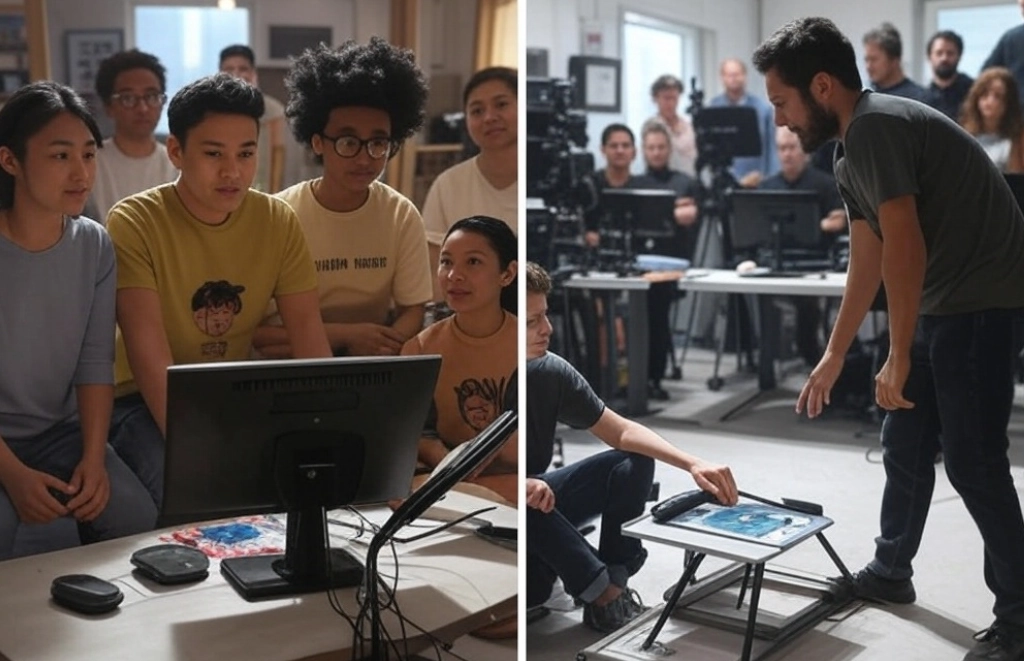
Animatic: When we talk about teams, animatics seldom need a big one. Sometimes, just one or two people do all the work. Usually, one skilled storyboard artist makes all the drawings, plans the time, and adds the basic sound effects. Larger projects may have a small group of three to five people working on different parts of the animatic, with an animation script supervisor overseeing the whole thing.
Animation: But animated films? For that game to work, huge, specialized teams need to work together like a well-oiled machine. Lots of different types of people work on those big animated movies you love. For example, over 500 artists worked on How to Train Your Dragon 3!
An animation studio has a team including:
12. Sparse Frames vs. Smooth Motion
Animatic: With animatics, creators use way fewer frames per second to save precious time and effort. They might only show 2-6 frames per second or sometimes just use static images with simple transitions between them. Key poses show the most important moments, while everything in between just gets implied rather than actually shown.
Animation: Meanwhile, animations deliver that buttery smooth motion with tons of frames every second. High-end 3D animation often renders at 24-30 frames per second for maximum smoothness. Incredibly, a 90-minute animated film at 24fps contains a whopping 129,600 individual frames, each one carefully created to ensure those fluid, natural movements we love.
13. Static Images vs. Fluid Action
Animatic: For animatics, creators often use static or minimally animated frames with simple transitions connecting them. Motion gets suggested through basic arrow indicators, motion lines, or simple slide movements between keyframes. One static image might actually represent several seconds of action, with notes indicating what movement will happen later in the final animation.
Animation: By contrast, animations contain fully rendered, fluid movement in literally every frame. Characters and objects move naturally through space with proper weight, timing, and convincing physics. Even the tiniest details get serious attention—breathing patterns, subtle eye movements, and micro-expressions all contribute to creating believable motion.
Last Words
So what’s the big picture here? The relationship between animatics and animation perfectly shows how smart planning leads to way better creative results in the end.
Animatics basically provide that clear roadmap for projects and allowing teams to catch and fix most story problems super early when changes cost practically nothing. Then animation brings this already-tested plan to life with those gorgeous visuals and technical wizardry that really connects emotionally with audiences.
